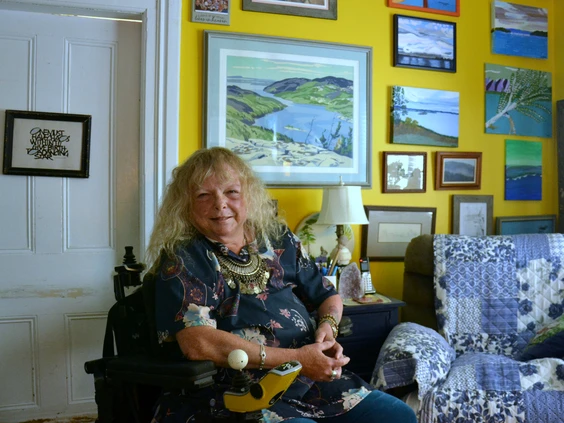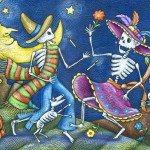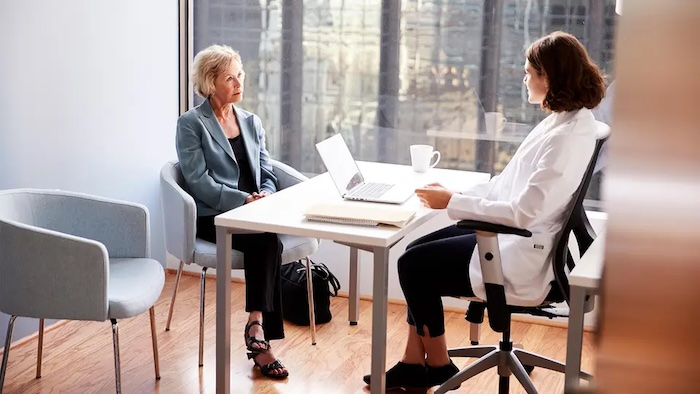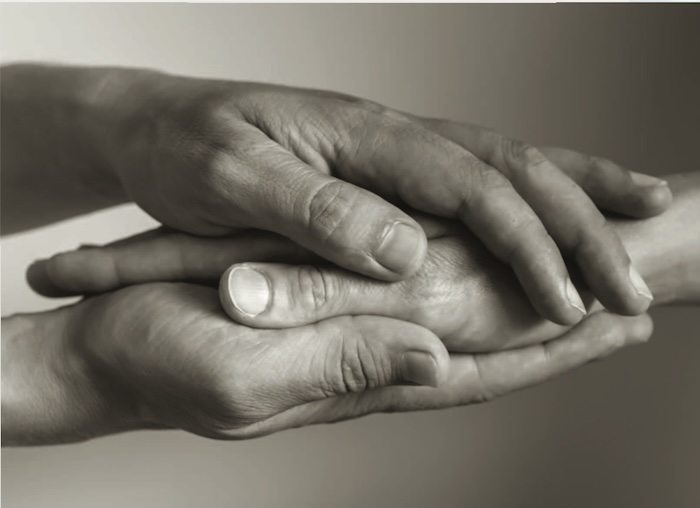— Stratford woman shares medical assistance in dying journey

Approved for medical assistance in dying last year, Stratford’s Diane Sims recently spoke with the Beacon Herald about her journey and her choice to die with dignity.
A nuanced decision
In Canada, qualifying and being approved for medical assistance in dying is a strictly regulated, yet nuanced, process. Dr. Stefanie Green, a MAiD practitioner and founding president of the Canadian Association of MAiD Assessors and Providers, said there are five criteria a patient must meet to qualify as eligible.
The patient must be 18 years of age or older and eligible for government-funded health care in Canada. The patient also needs to make a voluntary, written request free of any kind of coercion. The patient must have the capacity to make that decision, which means they understand what’s wrong with them, as well as their pros and cons of their treatment options. Finally, the patient must understand that an assisted death is irreversible.
Finally, the patient needs to have what Canadian law refers to as a grievous and irremediable condition.
“A grievous and irremediable condition is a term that is defined in the Criminal Code of Canada,” Green said. “It is the only medical practice I’m aware of that’s defined in the Criminal Code … so we know exactly what the law says about it. … It means there are three things that need to be true all at the same time. … The patient needs to have a serious, incurable illness, disease or disability. The patient needs to be in an advanced state of decline and capability. Capability really means function, so they’re no longer functioning the way they were before they had their serious and incurable illness, disease or disability.
“The third and final thing that needs to be true is that the patient has intolerable and unendurable suffering that cannot be relieved in any way they find acceptable, and that is a subjective criteria that the patient really gets to decide. It’s not for me to decide how much someone is suffering or how much they can endure.”
Once a patient meets those criteria as determined by two independent clinician assessors, there are two paths their MAiD journey can follow, Green said. The first is more straightforward. If doctors determine the patient’s natural death is reasonably foreseeable, meaning the patient is on a trajectory toward death based on their illness, disease or disability, and not that they will die within a specific time period, they are put on track one.
“The procedural safeguards (for track one patients) are some of the things I already mentioned,” Green said. “There needs to be a written request. It needs to be signed and dated. It needs to be witnessed. The patient needs to give consent at the time of their request and also immediately prior to administration of medications.
“A track two patient,” Green added, “is someone whose natural death is not reasonably foreseeable. Typically, they’re people with chronic pain syndromes that are less understood and more complex, or a patient who a clinician is just not comfortable saying their death is reasonably foreseeable. Track two patients have to meet all the track one eligibility requirements and procedural safeguards … and they have five extra procedural safeguards on top of that, (including) there has to be the input of someone with expertise in the condition that’s causing the patient’s suffering … (and) patients need to be made aware of all the reasonable and available means to reduce their suffering. … They need to be offered those means of reducing their suffering and they need to give serious consideration to accepting those means of reducing their suffering.”
A considered decision
Sims said she and her husband spent the year between her prognosis as palliative and her decision to apply for MAiD considering these alternatives and evaluating her quality of life.
While she was still getting some enjoyment out of life, her disease has confined her to an electric wheelchair and severely restricted the food she can eat. In recent years, she’s endured numerous hospitalizations and invasive surgeries, required round-the-clock care, and has suffered chronic pain, declining speech, jerky arms, spastic legs, shaky hands, a compressed lung and a dying colon.
Though she still finds enjoyment when she writes and paints, Sims knows there will soon be a time when that enjoyment will only be a memory.
“I know what’s coming and yet I look around at all this colour and I think, ‘How am I going to leave all this colour and close my eyes for the last time,’” she said. “I’m not there yet because I’m still working. I can’t keyboard very well anymore – my hands are really going – so that worries me. I notice it day by day almost.
“It is scary.”
Not everyone in her life understands or is willing to confront Sims’ decision. In a piece she wrote for Maclean’s magazine at the end of June, ‘How I Plan to Die’, Sims said her husband, Dennis, was initially horrified by the notion his wife was considering ending her life.
“Dennis was absolutely against it. I remember being outside on the terrace last summer telling him that’s what I wanted to do, and I knew his reaction because I’d known what it would be all along. He hated the idea. He felt it was a cop out. He felt it was suicide,” Sims said.
That summer, Sims and Dennis worked their way through a bucket list of day trips close to home before travel became too burdensome and painful for her. After seeing his wife struggle with pain and discomfort on those trips, Dennis finally accepted his wife’s decision.
“All of the sudden in the car he said, ‘I understand.’ I was sort of shocked into silence and had to ask him to repeat what he meant. He said, ‘I understand why you want to do it now,’ so now he understands and is supportive. All my friends have been supportive. I’ve had some family members … tell me that it’s basically suicide and I should wait for God’s timing to take me, and I’ve said, ‘You want me to suffer?’ … It’s not just the communication. It’s when the pain reaches a certain point where I won’t want to carry on with it anymore.”
A conversation with the patient
Ultimately, control over when, where and how she dies remains firmly in Sims’ hands. When she reaches the point where she knows she simply can’t carry on, she will call her MAiD practitioner and they will be ready to carry out the final stage of her journey within 48 hours. Even on the day of her planned death, Sims has the right to back out of the process until that point of no return when the medications are administered.
According to Green, a patient and their practitioner have that conversation about how the medically assisted death will be carried out as soon as it is approved.
“It’s a conversation with the patient about what’s meaningful to you. What would be a meaningful event for you? Who do you want there? The word that we tend to use … is choreograph. We choreograph their event,” Green said. “Do they want music? Do they want people there? Do they not want any of those things? Do they want a spiritual guide? Do they want prayer? Basically, anything we can accommodate, we will. Any sort of ceremony or ritual that they wish, we can do.”
For Sims, she will be surrounded by her friends when she decides to go.
“And they’ll be there to support (my husband) Dennis. … I plan to have friends and bubbly and music – all the things that I love,” Sims said. “You have to explore your soul and be at peace with yourself first (before considering MAiD). You can’t put too much purchase in what other people say because those that love you and understand what you’re going through should support you. … Don’t be afraid of the process. … You’re in the driver’s seat. Nobody is pushing you as to the time. It’s totally up to you.
“You are making the choice and it’s your last act of independence.”
According to the most recent data published by Statistics Canada, there were 12,689 written requests for MAiD in 2021, a 31 per cent jump from 2020. These requests resulted in 10,029 medically assisted deaths in Canada in 2021, an increase of 34.7 per cent from the year before. MAiD accounted for 3.3 per cent of all deaths in Canada in 2021, up from 2.4 per cent of all reported deaths in the previous year. In 2021, slightly more than half of those receiving MAiD were men, and the small percentage difference between men and women had not changed significantly since 2020.
Complete Article ↪HERE↩!





















